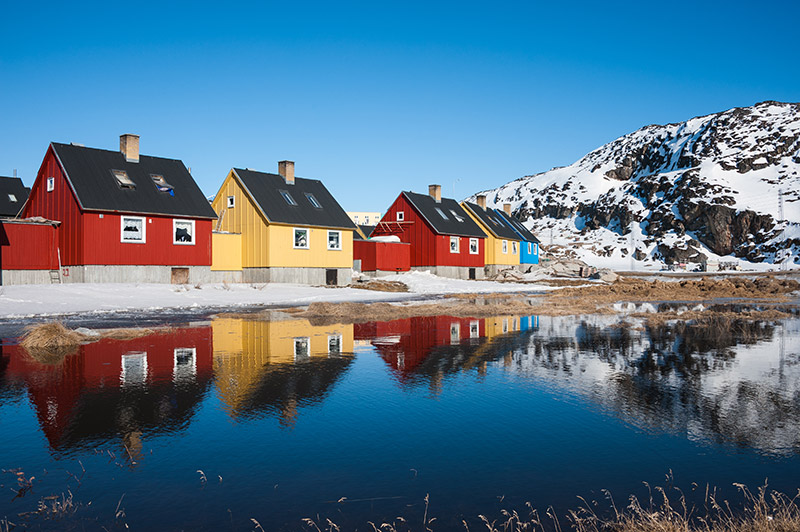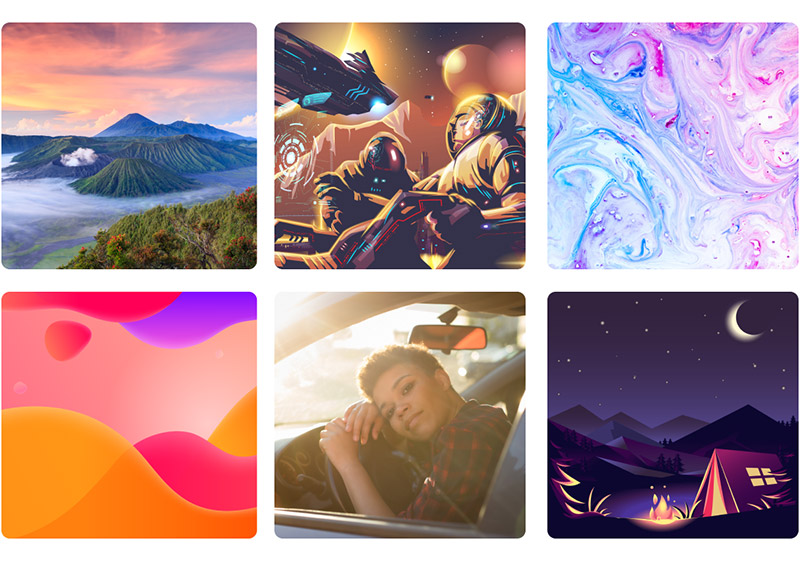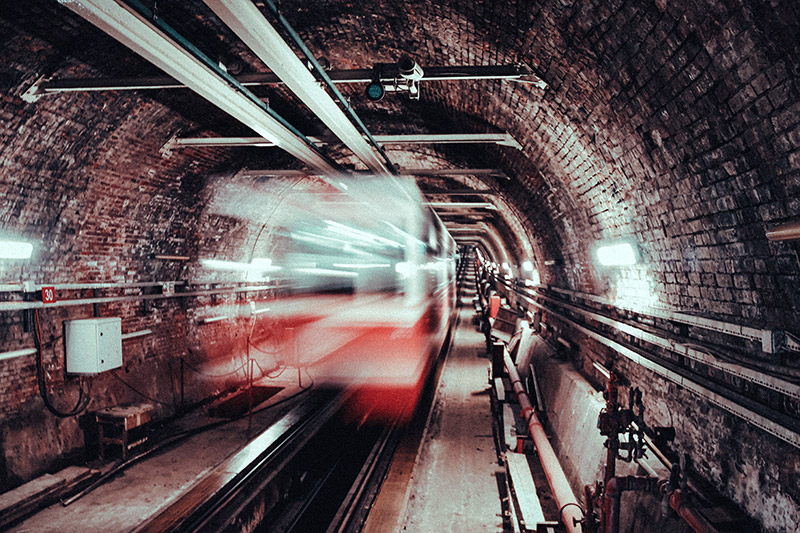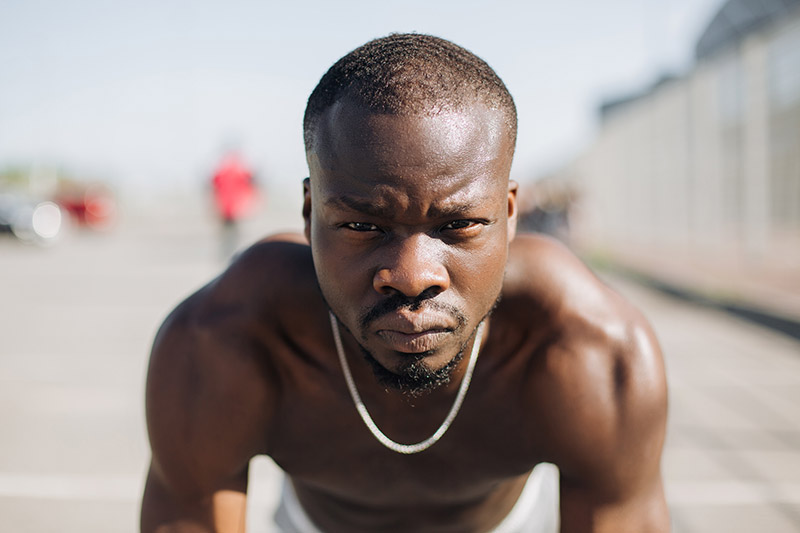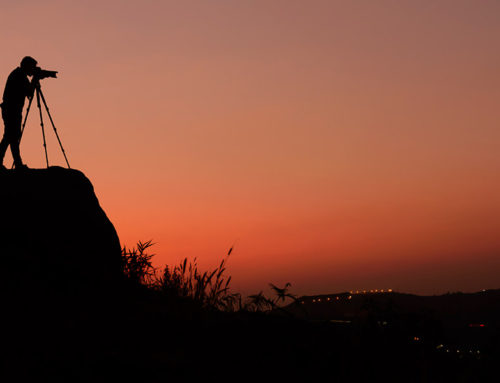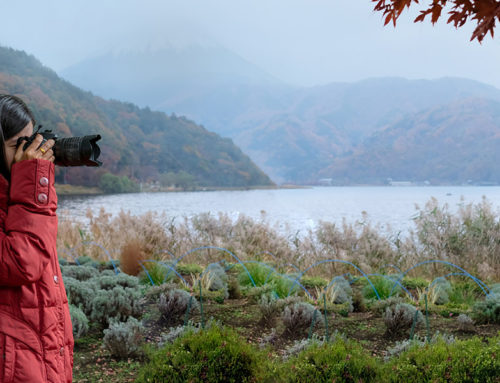Are you in a creative slump?
Sometimes it’s challenging to know what you should be photographing, and you might find yourself running out of ideas.
Thankfully, there are plenty of possibilities. The seven ideas covered in this list may help to spark your creativity and ensure you always have something to photograph.
1. Use Reflections
It’s possible to use reflections creatively in a few different ways. Of course, with landscapes and nature photos, you can capture reflections on lakes. Days with no wind provide the clearest reflections since the water will be still and calm.
You don’t need big bodies of water to feature reflections. Puddles and small tide tools can work as well. Puddles on sidewalks or pavement can be perfect for photographing reflections in urban settings and street photos.
Water isn’t the only option for photographing reflections. You can also use glass and metallic surfaces. Architecture photos are often made more interesting by incorporating reflections on glass walls or windows.
2. Focus on Detail
Some of the most captivating photos showcase the details of intimate scenes, which are easy to overlook. When you’re searching for subjects to photograph or thinking about compositions, it’s common to look at the big picture and miss the smaller details. However, intriguing details are everywhere.
Get millions of stock images and videos at the best price
Unlimited access. No attribution required. Starts at just $9/month.
Focusing on details can work with just about every type of photography, including landscapes and nature, portraits, wildlife, travel photos, and even still life. To find these opportunities, you need to slow down and train yourself to look at smaller segments of a scene rather than only focusing on the bigger picture.
3. Try Long Exposure
Experimenting with shutter speed is a great option to come away with creative and unique photos. Long exposures involve leaving the camera’s shutter open longer to allow more light to enter the camera, which blurs any movement in the scene.
You can use long exposures for blurring moving water (like the silky waterfall look) and for blurring movement in the sky. Fast-moving storm clouds and long exposures can combine to create powerful images.
Use slow shutter speeds to show the movement of cars, trains, and other vehicles (as shown in the photo above). Try long exposures with night photos to capture light streaks from moving cars.
4. Experiment with Shadows
Ordinary, everyday scenes can be made far more interesting with the use of shadows. You can capture a shadow as the primary focal point of a photo or use shadows to add intrigue to a scene. Use shadows indoors or outdoors, from natural light or artificial light.
Shadows can be helpful with any photo, from portraits to landscapes to still life. To get the best results, experiment with composition and find exciting and creative ways to incorporate shadows into your shots.
Related: What is the Rule of Thirds?
5. Capture Silhouettes
Although you can create silhouettes with natural or artificial light, the most common option is to photograph silhouettes outdoors around sunrise or sunset. To create the silhouette, you’ll need light coming from the back of your subject, and be sure to turn off the flash. The backlighting creates the profile with your subject being dark.
Shooting in auto mode may not work if you want to capture a silhouette. The camera will likely adjust exposure to preserve details of the subject rather than exposing for the light in the background. You may need to manually adjust the aperture, shutter speed, and ISO to get the shot you want.
6. Get Interesting Angles
Everyday objects become much more interesting when you photograph them from an unusual angle or perspective. Capture objects in ways we’re not used to seeing them and you’re sure to come away with photos that grab the viewers’ attention.
Sometimes the best way to implement this tip is simply to slow down. Finding unique angles or perspectives might require you to walk around and look at the subject differently to see what works. If you’re in a rush, these types of shots are easy to miss.
7. Shoot Self-Portraits
If you want to take portraits but don’t have a model, use yourself as the model. With your photo on a tripod, you can use the timer or a remote trigger to take self-portraits. Taking self-portraits is an ideal way to experiment because you don’t need to rely on anyone else, you can take as much time as you want, and you’re free to try anything.
Getting practice with self-portraits can also be an effective way to improve your composition and lighting skills. Additionally, experimenting with self-portraits can be a lot of fun.
Conclusion
Whenever you feel like you need a creative boost or are unsure what you should be photographing, turn to these ideas. You’ll be able to come away with stunning photos to add to your portfolio.
Lead image by johnstocker23441079.

